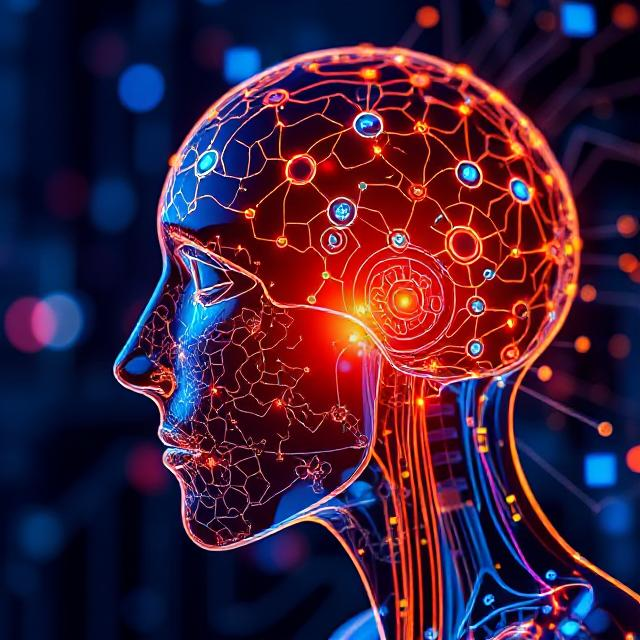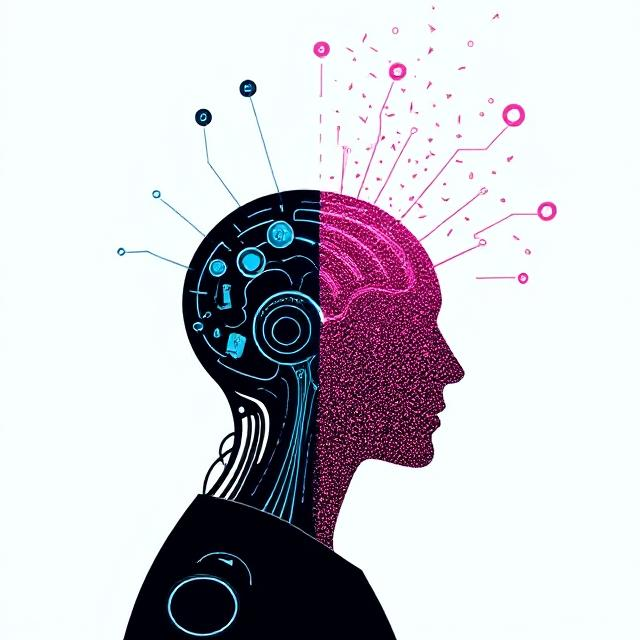
Introduction
The way we work has undergone a seismic shift in recent years, accelerated by technological advancements and the global embrace of remote work. What began as a necessity during the COVID-19 pandemic has evolved into a fundamental transformation in workplace dynamics. Today, 28% of employees worldwide work remotely, and 91% prefer flexible work arrangements .
At the heart of this revolution are remote collaboration tools, which have dismantled geographical barriers, enhanced productivity, and reshaped corporate culture. From AI-powered assistants to virtual reality (VR) meeting spaces, these innovations are not just temporary fixes—they are the foundation of the future of work.
In this 2000-word article, we will explore:
- The Rise of Remote Work – How the pandemic accelerated adoption and why hybrid models dominate.
- Essential Remote Collaboration Tools – The platforms enabling seamless teamwork.
- Challenges of Remote Work – Communication breakdowns, isolation, and cybersecurity risks.
- Emerging Trends (2025 and Beyond) – AI, VR workspaces, and the globalization of talent.
- Strategies for Success – Best practices for businesses and employees.
- The Long-Term Impact – How remote work is reshaping company structures and employee expectations.
1. The Rise of Remote Work: From Crisis to Permanent Shift
The Pandemic Catalyst
Before 2020, remote work was a perk for freelancers and tech-savvy companies. However, the pandemic forced 88% of organizations worldwide to adopt remote work almost overnight . What was initially a temporary solution revealed surprising benefits:
- Increased Productivity: Studies show remote workers are 12% more productive due to fewer distractions .
- Cost Savings: Companies reduced office space expenses by 50%, while employees saved 55 minutes daily on commutes .
- Global Talent Access: Businesses now hire top talent regardless of location, with 40% of remote workers relocating since 2020 .
The Hybrid Work Revolution
While some companies enforce return-to-office (RTO) mandates, the hybrid model (2-3 days remote) has emerged as the dominant structure, preferred by 41% of U.S. workers . Employees value flexibility, and 31% would quit if forced back full-time .
Why Hybrid Works:
- Balance: Employees enjoy focus time at home and in-person collaboration in offices.
- Office Redesign: Companies are transforming offices into collaborative hubs with hot-desking and VR meeting rooms .
However, challenges remain, including maintaining culture and equitable access to resources for all employees .
2. Essential Remote Collaboration Tools
Modern remote work relies on a suite of digital tools that facilitate communication, project management, and real-time collaboration. Below are the key categories and leading platforms:
A. Communication Platforms
- Slack, Microsoft Teams, Discord: Enable instant messaging, threaded discussions, and file sharing.
- Zoom, Google Meet: Provide HD video conferencing, live captions, and AI-powered meeting summaries .
B. Project Management Software
- Trello, Asana, Jira: Visual task tracking with Kanban boards and automated workflows.
- Notion, ClickUp: All-in-one workspaces combining docs, databases, and project tracking .
C. Cloud-Based Collaboration
- Google Workspace, Microsoft 365: Allow real-time co-editing of documents and spreadsheets.
- Dropbox, OneDrive: Secure file storage with version control .
D. Emerging Technologies
- AI Assistants (ChatGPT, Copilot): Automate scheduling, draft emails, and analyze data .
- VR/AR (Horizon Workrooms, Microsoft Mesh): Create immersive virtual offices for meetings and training .
These tools bridge the gap between physical and digital workspaces, making remote collaboration more efficient than ever.
3. Challenges of Remote Work
Despite its advantages, remote work presents several hurdles:
A. Communication Breakdowns
- Misinterpretations due to lack of non-verbal cues in text-based chats .
- Time zone differences reduce real-time collaboration opportunities .
B. Isolation and Mental Health
- 45% of remote workers report high stress, compared to 39% of on-site employees .
- Loneliness is a major issue, as virtual interactions lack the camaraderie of office environments .
C. Cybersecurity Risks
- Remote work expands hacking vulnerabilities, requiring multi-factor authentication (MFA) and VPNs .
D. Accountability and Productivity Tracking
- Micromanagement fears persist, but solutions like OKRs (Objectives and Key Results) and trust-based cultures help .
4. Emerging Trends (2025 and Beyond)
The future of remote work is being shaped by cutting-edge technologies and evolving workplace norms:
A. AI and Automation
- 60-70% of routine tasks (scheduling, data entry) will be automated by AI .
- AI chatbots like Aker BP’s AkerAnna handle 2,000+ employee queries weekly, saving 150 hours .
B. Virtual Reality Workspaces
- VR meeting spaces (e.g., Meta’s Horizon Workrooms) simulate physical offices, enhancing teamwork .
- AR overlays assist remote technicians with real-time guidance .
C. Hybrid Work Optimization
- “Office hoteling” (reservable desks) and flexible coworking stipends are rising .
D. Global Workforce Expansion
- Digital nomad visas (e.g., Estonia, Barbados) enable professionals to work from anywhere .
E. Focus on Well-Being
- Companies invest in mental health programs and virtual team-building (e.g., online escape rooms) .
5. Strategies for Successful Remote Collaboration
To maximize remote work success, businesses should adopt these best practices:
A. Set Clear Communication Protocols
- Use video calls for complex discussions and async tools (Slack, email) for updates .
- Establish response time expectations (e.g., 24-hour email reply windows) .
B. Foster Trust and Accountability
- Focus on outcomes, not hours worked .
- Implement SMART goals (Specific, Measurable, Achievable, Relevant, Time-bound) .
C. Prioritize Employee Well-Being
- Encourage boundaries (e.g., no after-hours emails) and offer wellness stipends .
D. Invest in Training
- Only 28% of managers are trained in remote leadership—upskill teams in digital collaboration .
6. The Long-Term Impact on Work Culture
Remote work is not just a trend—it’s reshaping organizational structures:
A. Decentralized Offices
- Companies reduce real estate costs with smaller hubs or coworking spaces .
B. Results-Oriented Culture
- Performance is measured by output, not presence .
C. Diversity and Inclusion
- Remote work opens doors for parents, disabled workers, and global talent .
D. The Future of Cities
- Urban centers may shrink as workers relocate to affordable rural areas .
Conclusion
The future of work is flexible, digital, and borderless. Remote collaboration tools have dismantled traditional office barriers, enabling businesses to thrive with distributed teams. However, success depends on adapting leadership styles, embracing technology, and prioritizing employee well-being.
As we move into 2025 and beyond, companies that combine hybrid models with AI, VR, and strong cultures will lead the way. The question is no longer if remote work will last—it’s how we can make it better.
Final Thought:
“The office of the future isn’t a place—it’s a network of connected minds, empowered by technology.



